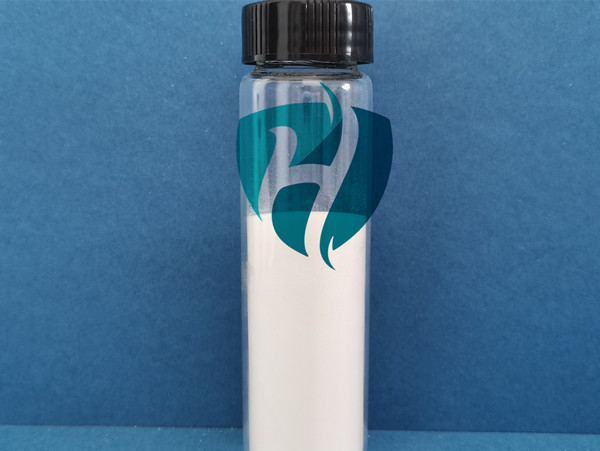Gamma alumina microsphere catalyst carrier

Spray-Dried gamma γ-Alumina Microspheres in the Petrochemical Industry
1.Preparation Method
The spray drying method involves atomizing an aluminum salt solution into fine droplets, which are rapidly dried in a hot air stream to form precursor microspheres. These microspheres are then calcined at high temperatures to convert them into γ-alumina microspheres. The microspheres prepared by this method have the following characteristics:
– High sphericity: Uniform particles with good fluidity.
– Large specific surface area: Typically ranging from 100-300 m²/g.
– Adjustable pore size**: The pore size distribution can be controlled by adjusting process parameters (e.g., solution concentration, spray speed).
2.Applications in the Petrochemical Industry
(1) Catalyst Support
Due to their high specific surface area and excellent thermal stability, γ-alumina microspheres are widely used as catalyst supports, particularly in the following reactions:
– Hydrotreating: Used in hydrodesulfurization (HDS) and hydrodenitrogenation (HDN) to improve oil quality.
– Catalytic cracking: Used as a catalyst support in fluid catalytic cracking (FCC) to increase the yield of light oils.
– Reforming reactions: Used in naphtha reforming to produce high-octane gasoline.
(2) Adsorbent
– Desulfurization and denitrogenation: Used to adsorb sulfur and nitrogen compounds in oil products, reducing environmental pollution.
– Desiccant: Used for drying gases and liquids in petrochemical processes.
(3) Catalyst Coating
– Fixed-bed reactors: γ-Alumina microspheres are used as coating materials in fixed-bed reactors to improve catalyst utilization.
– Fluidized-bed reactors: Used as catalyst supports in fluidized beds to enhance mass and heat transfer efficiency.
3. Advantages
– High specific surface area: Provides more active sites, enhancing catalytic efficiency.
– Excellent mechanical strength: Suitable for high-pressure and high-temperature petrochemical environments.
– Thermal stability: Maintains structural stability at high temperatures, extending catalyst lifespan.
– Adjustable pore size: Pore size can be tailored through preparation processes to meet different reaction requirements.

